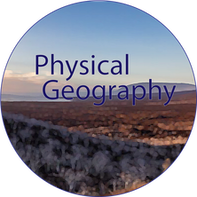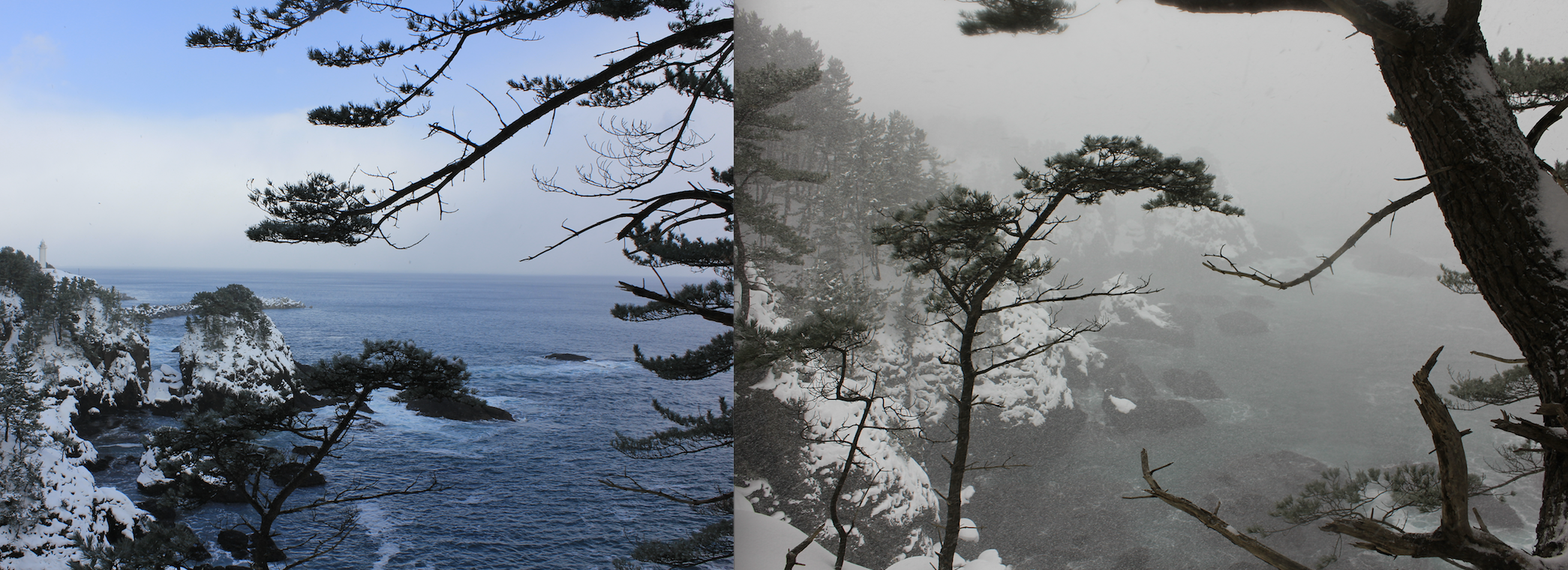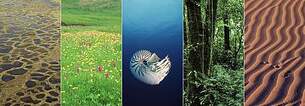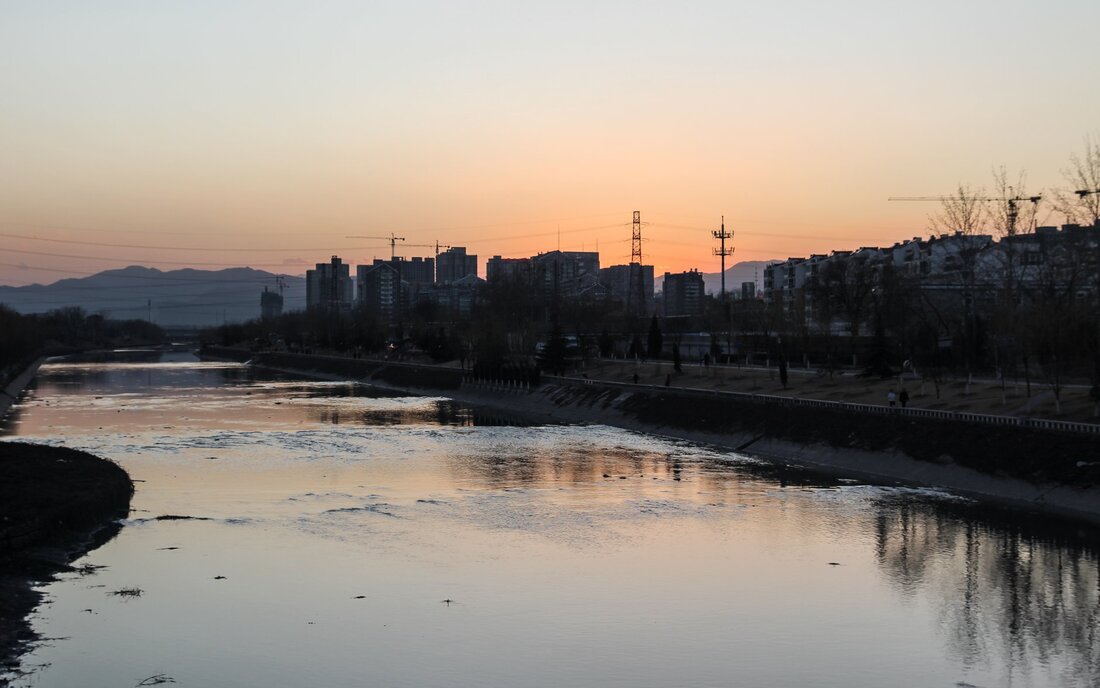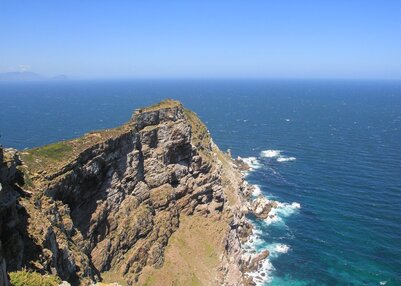Welcome to Geography 1030: Introduction to Physical Geography
|
Welcome to Geography 1030: Introduction to Physical Geography. Throughout the next semester we will be examining the major earth systems that affect our planet. With a particular emphasis on the spatial distribution over the Earth’s surface, this course is designed to acquaint students with the composition and processes of the biosphere, lithosphere, hydrosphere, and atmosphere. Working knowledge of the physical science, like climatology, meteorology, environmental science, are necessary as well. Because the focus of the course is on the physical forces of the planet, the overarching goal of this course is to give students the knowledge needed to understand the physical systems that have shaped our planet and how they will continue to affect life on Earth.
The course is divided into two parts, this lecture-based section focused on constructing students’ functional knowledge of the course concepts related to physical geography, and a lab section with practical applications of the same content. The two sections are meant to complement one another to further expand students’ knowledge of the course concepts. |
| Geography 1030: introduction to Physical Geography (Spring 2021) | |
| File Size: | 2287 kb |
| File Type: | |
Unit I: Earth Sun Relationship and Atmospheric Systems and Processes
Week 1: Basic Geographic Understandings (January 11-15)
|
Module 1.1: Introduction to Geography
|
Module 1.2: Mapping and Geospatial Visualization
| ||||||||||||||||||||||||||||
Week 2: The Sun's Influence on our Planet (January 18-22)
|
Module 1.3: Earth's Cosmic Address
|
Module 1.4: Earth-Sun Relations
| ||||||||||||||||
Week 3: Earth's Atmosphere (January 25-29)
|
Module 1.5: Physical Characteristics of the Atmosphere
|
Module 1.6: The Human Imprint on the Atmosphere
| ||||||||||||||||
Week 4: Heat Transfer and Temperature Regulation (February 1-5)
|
Module 1.7: The Heating of the Earth's Surface
|
Module 1.8: Heat Distribution Across the Planet's Surface
| ||||||||||||||||
Week 5: End of Unit Exam (February 8-12)
Module 1.9: Unit I Test - Earth Sun Relationship and Atmospheric Systems and Processes
Unit II: Weather and Climate
Week 5: Air Pressure and Wind (February 8-12)Module 2.1: Wind and the Redistribution of the Sun's Energy
| |||||||||
Week 6: Atmospheric Systems (February 16-19)
|
Module 2.2: Atmospheric Moisture
|
Module 2.3: Earth's Weather
| ||||||||||||||||
Week 7: Weather Systems and Patterns (February 22-26)
|
Module 2.4: Severe Weather
|
Module 2.5: Global Climate
| ||||||||||||||||
Week 8: Human-Environment Interactions (March 1-5)
|
Module 2.6: Climate and Ecosystems
|
Module 2.7: Physical and Human Forces of Climate Change
| ||||||||||||||||
Week 9: End of Unit Exam (March 8-12)
Module 2.8: Unit II Test - Climate and Weather
Unit III: Hydrological Systems and Processes
Week 9: Introduction to the Earths Water Systems (March 8-12)
|
Module 3.1: Hydrology and the Hydrosphere
| |||||||||
Week 10: March 15-19 (Spring Break)
Week 11: The Role of Rivers and Streams (March 22-26)
|
Module 3.2: River Drainage and Streamflow
|
Module 3.3: River and Stream Management
| ||||||||||||||||
Week 12: Oceanography and Glaciology (March 29 - April 2)
|
Module 3.4: Oceans and Coastal Systems
|
Module 3.5: Glaciology and Earth's Ice Caps
| ||||||||||||||||
Week 13: End of Unit Exam (April 5-9)
Module 3.6: Unit III Test - Hydrological Systems and Processes
Unit IV: Geological Systems and Processes
Week 13: Introduction to the Lithosphere (April 5-9)
Module 4.1: Introduction to Geological Processes
| |||||||||
Week 14: Geological Systems of Change (April 12-16)
|
Module 4.2: Plate Tectonics and Continental Drift
|
Module 4.3: Seismic Activity & Volcanology
| ||||||||||||||||
Week 15: Earth Systems and Forces of Change (April 19-23)
|
Module 4.4: Shaping the Landscape
|
Module 4.5: Soils and Supporting the Biosphere
| ||||||||||||||||
